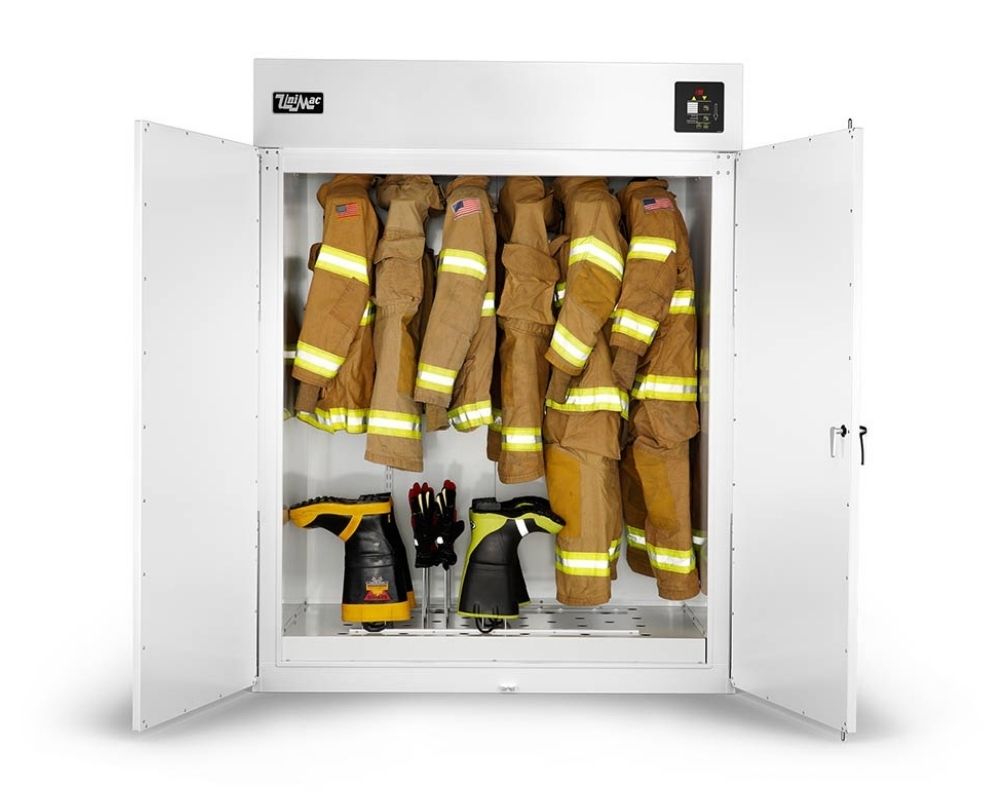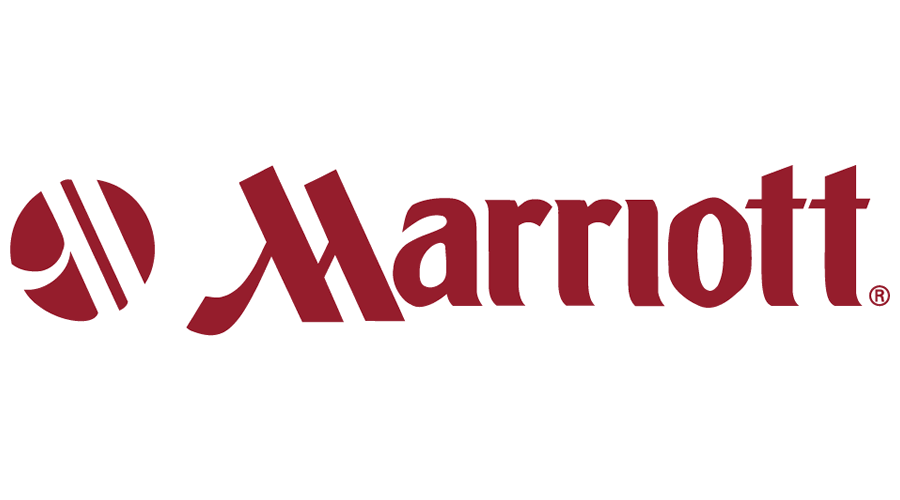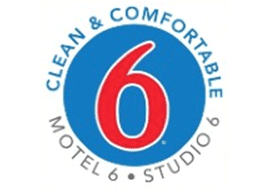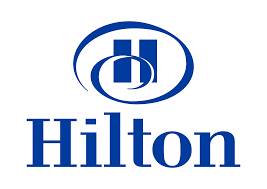Designated personnel must consider several factors when installing commercial laundry equipment in a fire station.
When installing laundry equipment for a fire station, planners need to consider washer-extractor settings, washer-extractor machine design, drying considerations, and placement of machines relative to other rooms.
At RJ Kool, we understand that fire stations have specific requirements and health and safety concerns with installing commercial laundry equipment. We provide the commercial laundry equipment fire stations need to properly decontaminate gear to markedly reduce the risk of long-term health impacts from carcinogen-contaminated clothing and gear. In this guide, we’ll discuss five things to consider per updated NFPA 1851 guidelines.
Washer-Extractor Settings
After responding to an emergency, harmful carcinogens, blood, bodily fluids, and flammable substances can soil firefighters’ gear. Therefore, turnout gear must be thoroughly cleaned and dried before being put back into use.
Per the National Fire Protection Association, gear requires washing in a washer-extractor to ensure thorough cleaning of heavily soiled equipment.
The NFPA 1851 guidelines state gear requires washing at a maximum temperature of 105 degrees Fahrenheit with a maximum G-force of 100 G’s. This ensures the gear is thoroughly cleaned with moisture removed without being degraded by too hot of temperature or forceful extraction.
Thus, at RJ Kool, we recommend choosing a commercial washer-extractor that can be fine-tuned and programmed for multiple wash formulations following NFPA guidelines.
Machine Design and Capacity
To accommodate bulky firefighting gear, the NFPA recommends that stations use commercial laundry front loading machines with a minimum drum capacity of 30 pounds. It’s essential to the health and safety of firefighters to remove contaminated gear as quickly as possible and transfer them into the machines.
As such, machines need to accommodate several sets of outer shells and inner liners, separated to reduce the risk of cross-contamination between outer and inner layers. Additionally, per NFPA guidelines, contaminated gear must be washed separately from uniforms and personnel laundry to remove cross-contamination risks.
In accordance with NFPA guidelines, we recommend against using top-loading machines with a central agitator as these machines can damage turnout gear and do not thoroughly clean heavily soiled materials compared to front-loading washer-extractors. At RJ Kool, we recommend using a UniMac washer-extractor that fits NFPA 1851 standards.
Drying Considerations
Fire fighting equipment must be thoroughly dried before being put back into use. Damp gear poses a risk of mold contamination, and damp gear can steam and cause burns to firefighters when responding to structure fires. As such, fire stations must ensure that all gear is properly and thoroughly dried after use.
The NFPA does not recommend using tumbler dryers as these machines’ mechanical actions can damage protective gear. Instead, the updated NFPA 1851 guidelines recommend using a drying cabinet that gently, but thoroughly dries gear. At RJ Kool, we recommend using UiMac’s PPE Drying Cabinet which offers programmable drying times from 1.5 to 3 hours, far outpacing conventional air-drying methods.
Installing Commercial Laundry Equipment in a Fire Station in Relation to Other Areas
Placement of the fire station’s commercial laundry equipment is a crucial consideration. You’ll need to especially think about the placement of the day room and sleeping areas concerning where laundry machines are installed. Ensuring adequate rest and downtime is critical to the health and safety of station staff.
As such, consider installing machines on the opposite end of the building from rest areas, and ideally against an exterior wall for efficient plumbing and ventilation setup.
Contact Commercial The Profs at RJ Kool About Installing Commercial Laundry Equipment in a Fire Station
At RJ Kool, we are committed to providing top-of-the-line, high-quality commercial laundry equipment that meets NFPA 1851 standards to fire stations across the Midwest. We offer design and installation consultations, equipment, parts, maintenance, and repairs. Contact us today for our services in installing commercial laundry equipment in a fire station.












